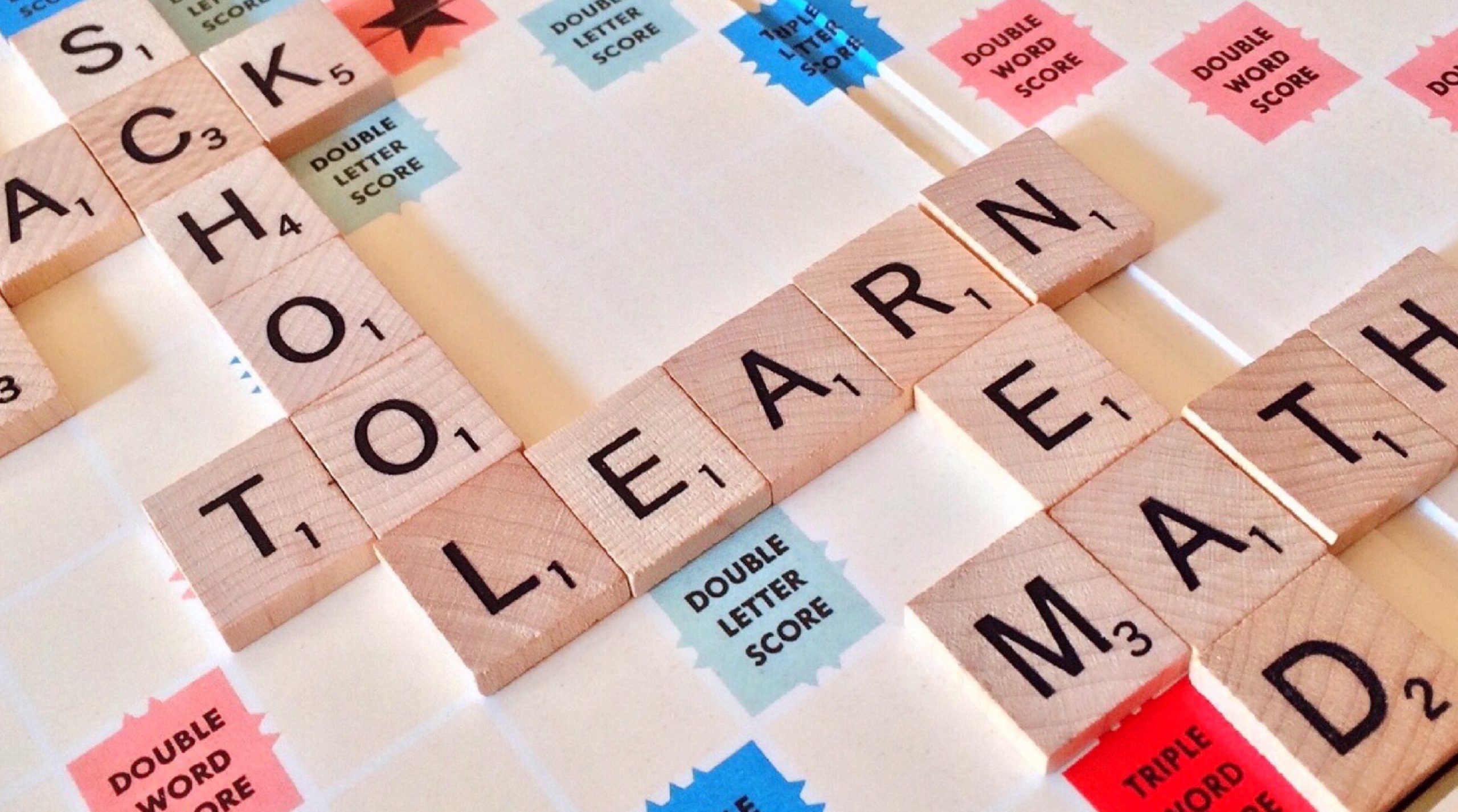Prepositions of time
Grammar for IELTS
Relative, Restrictive, and Non-restrictive Clauses
A relative clause is a type of subordinate clause that modifies or describes a noun or pronoun in the main clause. It usually begins with a relative pronoun, such as “who,” “whom,” “whose,” “which,” or “that.”
There are two main types of relative clauses: restrictive and non-restrictive.
A restrictive relative clause provides essential information about the noun or pronoun that it modifies. It is not set off by commas and cannot be omitted without changing the meaning of the sentence. For example:
- The book that I read last night was really interesting. In this sentence, the restrictive relative clause “that I read last night” provides essential information about the book. If we remove the clause, the meaning of the sentence changes.
A non-restrictive relative clause provides additional, nonessential information about the noun or pronoun that it modifies. It is set off by commas and can be omitted without changing the meaning of the sentence. For example:
- John, who is my neighbour, is a great cook. In this sentence, the non-restrictive relative clause “who is my neighbour” provides additional information about John, but it is not essential to the meaning of the sentence. If we remove the clause, the sentence still makes sense.
Relative clauses can also be used to combine sentences or to add information to a sentence. For example:
- I met a man who speaks five languages. In this sentence, the relative clause “who speaks five languages” adds information to the sentence.
- The woman whose car was stolen reported it to the police. In this sentence, the relative clause “whose car was stolen” combines two sentences into one.
Common verbs used to relatives clauses.
Some examples of how these common verbs can be used in relative clauses in IELTS Writing Task 2:
- Gives… a chance to…
Example: Studying abroad gives students who are interested in learning new languages a chance to immerse themselves in a foreign culture and improve their language skills.
- Gives… that/which…
Example: Online learning gives students who are unable to attend classes in person the opportunity to earn a degree from a reputable institution.
- Allows… to/for…
Example: Technology allows people who live in remote areas to access education and healthcare services that would otherwise be unavailable to them.
Example: The availability of scholarships allows individuals who might not otherwise have the financial means to attend college to pursue higher education.
Example: Remote work allows employees who live in different parts of the country (or the world) to collaborate and contribute to projects from anywhere with an internet connection.
Example: The sharing economy allows individuals who have unused assets (such as a spare room or a car) to monetize those assets and earn extra income.
Example: The use of renewable energy allows for a reduction in greenhouse gas emissions and helps to combat climate change.
- Enables… to…
Example: Social media enables businesses that want to reach a wider audience to advertise their products and services to potential customers around the world.
- Enables… that/which…
Example: Advances in technology have enabled scientists who study climate change to collect more accurate data and develop more effective strategies for mitigating its impact.
- Means that/which…
Example: The rise of e-commerce means that consumers who live in rural areas can now purchase goods online and have them delivered directly to their doorstep.
Example: The high cost of living in urban areas means that many people who work in these areas must either commute long distances or pay a premium for housing.
- Makes it possible/easy/difficult to…
Makes it possible/easy/difficult to… that/which…
Makes it possible/easy/difficult to… to/for…
Example: The availability of online shopping makes it easy for individuals to purchase goods and services from the comfort of their own homes.
Example: The availability of affordable housing makes it possible for young adults who are just starting their careers to live independently and save money.
Example: The complexity of the tax code makes it difficult for many people who are not tax experts to accurately file their own tax returns.
Example: The availability of public transportation makes it possible for individuals who don’t have access to a car to commute to work or run errands.
- Prevents/stops… from… that/which…
Examples: The lack of access to affordable healthcare often prevents individuals who are uninsured or underinsured from seeking medical treatment when they need it.
The lack of public transportation prevents many people who live in rural areas from accessing job opportunities and other essential services.
Strict immigration policies often stop individuals who are seeking a better life from migrating to countries where they could potentially thrive.
The use of seat belts prevents drivers and passengers from being thrown from a vehicle in the event of a collision.
- Provides… with… that/which…
Example: The government provides citizens who are struggling financially with social welfare programs that can help them meet their basic needs.
Example: Online learning provides students with the opportunity to earn a degree from anywhere in the world, as long as they have access to the internet.
Example: Volunteering provides individuals who are looking to gain work experience with opportunities to develop new skills and build their resumes.
Example: Many universities provide students with resources such as writing centres and tutoring services to help them succeed academically.
Example: Online learning provides students who have busy schedules with the flexibility to study at their own pace and on their own time.
- Requires… to/from/that/which…
Example: Pursuing a career in medicine requires individuals who are interested in the field to complete extensive training and education in order to obtain the necessary qualifications.
Example: Obtaining a passport requires individuals to provide certain identifying documents, such as a birth certificate and a driver’s license.
Example: Many jobs require that employees who work in customer service have strong communication and interpersonal skills.
Example: Obtaining a driver’s license requires individuals who are learning to drive to pass a written test as well as a practical driving test.
Example: Many jobs require that employees who work in customer service have strong communication and interpersonal skills.
- Shows… that/who/what/when/where…
Example: Research shows that students who participate in extracurricular activities are more likely to develop leadership skills and succeed academically.
Example: Research shows that individuals who get enough sleep are more productive and less prone to illness than those who don’t.
Example: Studies show that students who study abroad gain valuable cultural insights and develop a more global perspective.
Example: Data shows that individuals who live in areas with high levels of air pollution have an increased risk of respiratory problems and heart disease.
Example: Studies show that students who study abroad gain valuable cultural insights and develop a more global perspective.
- Demonstrates… that/which…
Example: Recent studies demonstrate that individuals who consume a diet high in fruits and vegetables have a lower risk of developing chronic diseases such as heart disease and cancer.
Example: Recent studies demonstrate that individuals who engage in regular exercise and maintain a healthy diet are at a lower risk for developing chronic diseases.
- Indicates… that/which/who/what/when/where…
Example: The fact that many young people are choosing to delay starting a family indicates that societal norms and values are changing with regard to family planning and parenthood.
Example: Research indicates that individuals who consume a diet high in sugar and processed foods are more likely to develop chronic diseases such as diabetes and heart disease.
Example: Research indicates that individuals who have a high level of emotional intelligence are more likely to succeed in their personal and professional lives.
Example: Research indicates that individuals who have a high level of emotional intelligence are more likely to succeed in their personal and professional lives.
Example: The fact that many people are choosing to pursue alternative forms of energy indicates that there is a growing awareness of the need to reduce carbon emissions and combat climate change.
- Implies… that/which…
Example: The rise of social media implies that individuals who are able to effectively leverage digital platforms have a significant advantage in terms of networking and career opportunities.
Example: The prevalence of smartphones implies that individuals who have access to these devices have the ability to stay connected and informed no matter where they are.
- Suggests… that/which…
Example: The fact that more and more people are choosing to work remotely suggests that traditional office spaces may become less common in the future.
Example: The fact that more and more people are choosing to adopt environmentally friendly lifestyles suggests that there is a growing awareness of the need to address climate change and protect the planet.
- Helps… to…
Example: Regular exercise helps individuals who want to maintain a healthy weight to burn calories and build muscle.
Example: Regular exercise helps individuals who are looking to lose weight to burn calories and build muscle.
- Leads… to…
Example: The increasing use of social media leads to a decrease in face-to-face communication, which can lead to feelings of isolation and loneliness.
Example: Poor air quality leads to a number of negative health outcomes, including respiratory problems and increased risk of heart disease.
- Offers… that/which…
Example: Many universities offer programs that allow students who are interested in entrepreneurship to start and run their own businesses while still in school.
Example: Many companies offer training programs that provide employees who want to advance their careers with opportunities to learn new skills and gain new knowledge.
IELTS Writing Task 1 – Examples of restrictive relatives clauses
In each of these examples, the restrictive relative clause is essential to understanding the main point of the sentence. Without the relative clause, the sentence would not provide enough information to convey the intended meaning. Restrictive Relative clauses are helpful to write a better introduction which ultimately helps to get a higher score on the IELTS.
The chart shows the number of students who passed the exam in each subject.
- The graph indicates the percentage of households that own a car in each city.
- The table compares the amount of money spent on different forms of entertainment by people of different ages.
- The diagram illustrates the process that is used to manufacture a product.
- The map shows the locations of the major tourist attractions in the city.
- The chart presents the data on the number of people who use public transportation in different regions.
- The diagram depicts the structure of the human brain and its different regions.
- The table lists the average salaries of employees in various industries.
- The graph displays the trend in the number of tourists who visited the country over a five-year period.
- The map highlights the areas that are at risk of flooding during the rainy season.
- The graph shows the number of hours that people in different age groups spend on various leisure activities.
- The chart displays the percentage of students who passed the exam in each subject over a five-year period.
- The table compares the number of hours that people in different professions work per week.
- The map illustrates the location of the major airports in the country.
- The graph indicates the trend in the number of people who use bicycles as a mode of transportation in the city.
- The table shows the percentage of people who speak different languages in the country.
- The diagram illustrates the different stages of the water cycle and how they are interconnected.
- The chart displays the number of cars produced by different manufacturers over a ten-year period.
- The map highlights the areas that are prone to earthquakes in the region.
- The graph shows the trend in the number of students who study abroad over a five-year period.
- The table compares the prices of different brands of smartphones in the market.
- The diagram illustrates the different components of a solar panel and how they work together.
- The chart displays the percentage of the population in each country that has access to clean drinking water.
- The map shows the location of the major oil refineries in the region.
- The graph indicates the trend in the number of people who use social media in different age groups.
- The table compares the number of tourists who visited different countries in a particular year.
- The diagram depicts the different layers of the atmosphere and their properties.
- The chart presents the amount of money spent on different types of household expenses by people in different income brackets.
- The map highlights the areas that are affected by deforestation in the region.
- The graph shows the trend in the number of people who use renewable energy sources in the country.
IELTS Writing Task 1 – Examples of non-restrictive relatives clauses
In each of these examples, the non-restrictive relative clause provides additional information that is not essential to the main point of the sentence. By using a relative clause in this way, the writer can provide more descriptive information that adds detail and depth to the topic being discussed.
- The data, which was collected by a team of researchers, shows the trend in the number of students who study abroad.
- The graph, which is based on data from the government, displays the trend in the number of people who use public transportation in the city.
- The table, which was compiled by the Ministry of Education, compares the number of students in different grades in the country.
- The map, which was created by a team of cartographers, illustrates the location of the major tourist attractions in the city.
- The diagram, which was designed by a team of engineers, shows the different components of a wind turbine and how they work together.
- The chart, which was prepared by a team of statisticians, displays the percentage of people who speak different languages in the region.
- The data, which was collected from a survey of local residents, shows the number of hours that people in different professions work per week.
- The map, which was created using satellite imagery, highlights the areas that are affected by air pollution in the city.
- The graph, which is based on data from the World Health Organization, indicates the trend in the number of cases of a particular disease in the country.
- The table, which was compiled by a team of economists, compares the salaries of workers in different industries in the country.
- The data, which is based on a survey of local residents, shows that the majority of people prefer to shop online.
- The map, which was created by a team of environmentalists, illustrates the location of the major national parks in the region.
- The chart, which was prepared by a team of accountants, displays the total revenue generated by the company in the last financial year.
- The diagram, which was designed by a team of architects, shows the different components of a sustainable building and how they work together.
- The graph, which is based on data from the United Nations, indicates the trend in the number of refugees who have fled from war-torn countries.
- The table, which was compiled by a team of scientists, compares the characteristics of different types of soil found in the region.
- The map, which was created using satellite imagery, highlights the areas that are affected by natural disasters such as earthquakes and floods.
- The chart, which was prepared by a team of researchers, displays the correlation between exercise and mental health.
- The data, which was collected by a team of economists, shows the trend in the unemployment rate in the country over the last decade.
- The diagram, which was designed by a team of biologists, shows the different stages of a plant’s life cycle.
- The data, which was collected from a variety of sources, indicates that the population of the city is growing at a rapid rate.
- The map, which was created by a team of historians, illustrates the location of significant historical landmarks in the region.
- The chart, which was prepared by a team of nutritionists, displays the recommended daily intake of vitamins and minerals for adults.
- The diagram, which was designed by a team of physicists, shows the different types of particles that make up matter.
- The graph, which is based on data from the International Energy Agency, indicates the trend in the use of renewable energy sources in the world.
- The table, which was compiled by a team of geologists, compares the characteristics of different types of rocks found in the region.
- The data, which was collected from a survey of local businesses, shows the impact of the pandemic on the economy of the region.
- The map, which was created using satellite imagery, highlights the areas that are at risk of flooding during heavy rains.
- The chart, which was prepared by a team of educators, displays the literacy rates of different countries around the world.
- The diagram, which was designed by a team of chemists, shows the different types of chemical reactions that occur in nature.
IELTS Speaking Part 2 – Examples of relatives clauses
In each of these examples, the restrictive relative clause is essential to the meaning of the sentence, as it provides specific information that identifies or defines the subject being discussed. By using a relative clause in this way, the speaker can provide more detail and clarity to their statement.
- I love books that have complex characters and intricate plots.
- My favourite food is anything that contains lots of spice and flavour.
- The person who helped me the most during my studies was my English teacher.
- The city where I was born is known for its beautiful architecture and vibrant culture.
- The language that I find the most difficult to learn is Mandarin Chinese.
- The country where I spent my childhood is known for its beautiful beaches and stunning natural landscapes.
- The movie that I watched last night was a thrilling suspense story that kept me on the edge of my seat.
- The book that I’m reading right now is a biography of a famous scientist who made ground-breaking discoveries in her field.
- The dish that I’m most skilled at cooking is a traditional recipe from my grandmother’s hometown.
- The activity that I enjoy the most is hiking in the mountains, where I can appreciate the beauty of nature.
IELTS Speaking Part 2 – Examples of restrictive relatives clauses
- Describe a place where you have lived for a long time.
I want to talk about the house where I grew up, which was a cosy little cottage in the countryside.
- Describe a memorable event that you attended.
The concert that I went to last year was one of the best experiences of my life.
- Describe a person who has influenced your life.
My mentor, who is a successful entrepreneur, has had a profound impact on my career choices.
- Describe a hobby that you enjoy doing.
I love playing the guitar, which is a skill that I’ve been honing for several years now.
- Describe a book that you have read recently.
The novel that I just finished reading was a gripping thriller that kept me on the edge of my seat.
- Describe a place that you would like to visit.
The country that I’ve always dreamed of exploring is Japan, which is known for its rich culture and beautiful landscapes.
- Describe a film or TV show that you recently watched.
The series that I binge-watched on Netflix was a thought-provoking drama that tackled important social issues.
- Describe a meal that you enjoyed recently.
The dinner that I had at a fancy restaurant was a gourmet feast that featured an array of delicious dishes.
- Describe a friend that you have known for a long time.
My childhood friend, who I’ve known since kindergarten, is one of my closest confidants and a constant source of support.
- Describe a place where you like to spend your leisure time.
The park near my house, which has a beautiful lake and lots of walking trails, is my favourite place to unwind and relax.
In each of these examples, the relative clause adds more specific information that defines or identifies the subject being described. This helps to create a more detailed and vivid description that can engage the listener and hold their attention.
Check Your Answers After Doing Test
Answers
-
- at
- for
- for/during
- at
- in
- on
- in
- on
- in
- on/at (both are acceptable)
Study Abroad







Grammar for IELTS: Articles: “A,” “an,” and “the”
Articles: "A," "an," and "the" are articles in English grammar. "A" and "an" are indefinite articles used to refer to a non-specific noun or thing. "A" is used before a word that starts with a consonant sound, and "an" is used before a word that starts with a...

Grammar for IELTS: Prepositions of time
Prepositions of time are words that show the relationship between a noun or pronoun and a specific time or duration. Here are some common prepositions of time: At: used to indicate a specific time I will meet you at 5 pm. I have an appointment at 3 pm. She always...

Verb Patterns – verb + -ing, verb + to infinitive, verb + object + to infinitive
verb + -ing The "-ing" form of a verb is called the present participle. It is formed by adding "-ing" to the base form of the verb. The present participle can be used in several ways in English: Continuous verb tenses: The present participle is used to form continuous...








